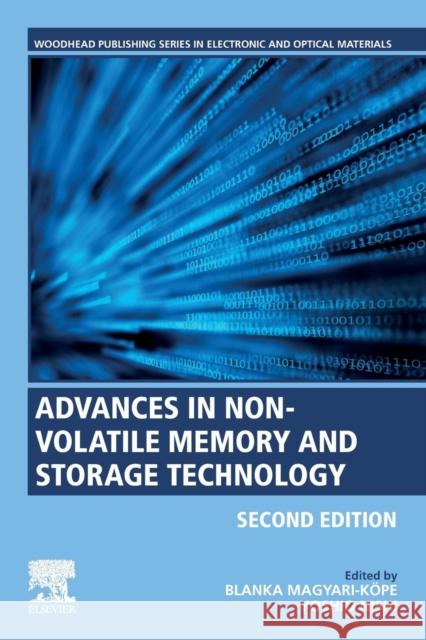Advances in Non-Volatile Memory and Storage Technology » książka
topmenu
Advances in Non-Volatile Memory and Storage Technology
ISBN-13: 9780081025840 / Angielski / Miękka / 2019 / 662 str.
Kategorie:
Kategorie BISAC:
Wydawca:
Woodhead Publishing
Seria wydawnicza:
Język:
Angielski
ISBN-13:
9780081025840
Rok wydania:
2019
Numer serii:
000454534
Ilość stron:
662
Waga:
0.87 kg
Wymiary:
22.91 x 15.19 x 3.38
Oprawa:
Miękka
Wolumenów:
01











